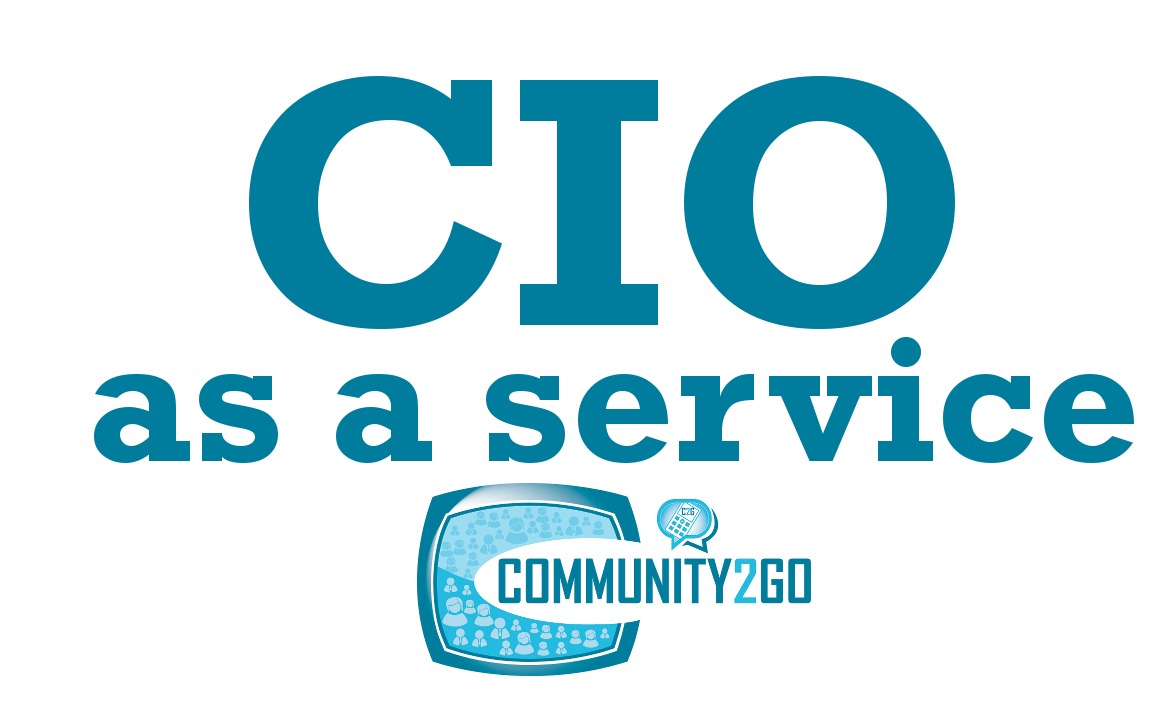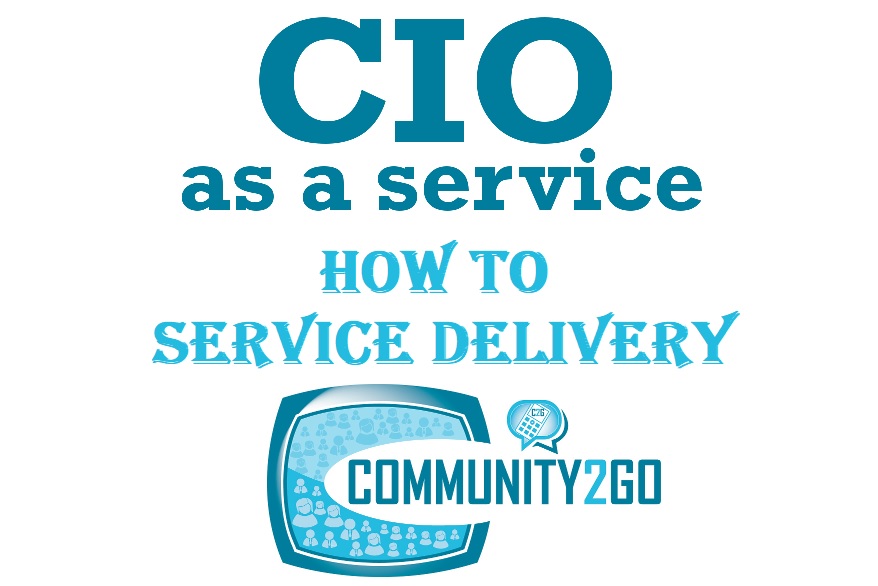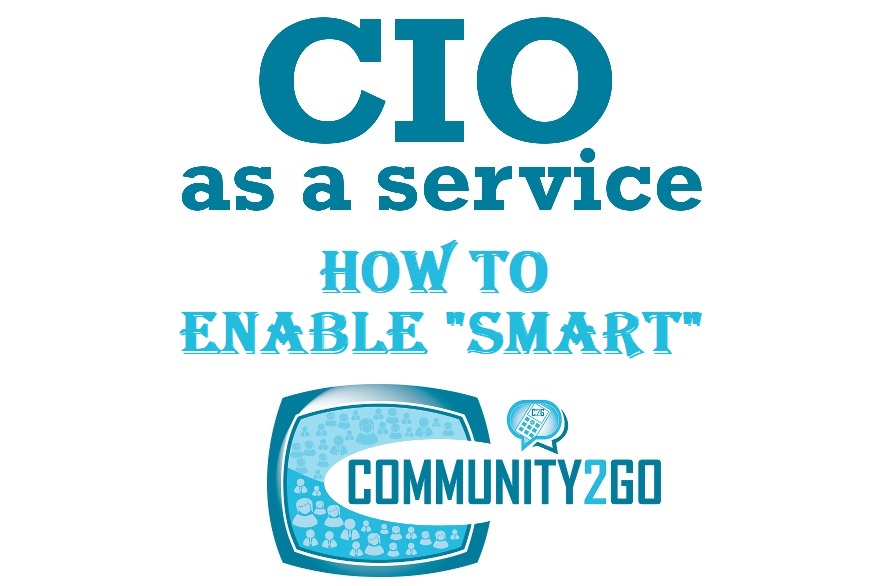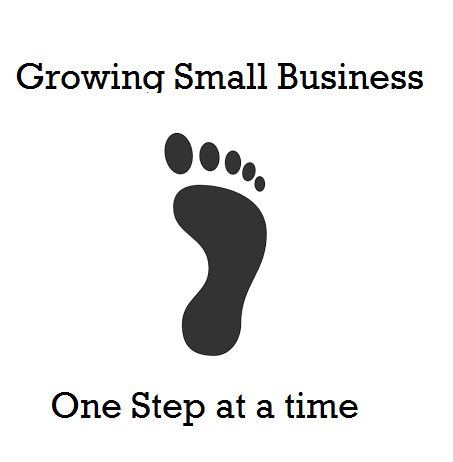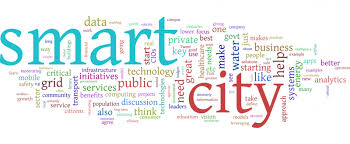By their very nature, planning and economic development functions within a local government are about driving change. Initiatives such as "Smart City" programs and "Open Data" are becoming more common and simply put, Smart City and Open Data initiatives implement technology to facilitate change. Therefore it stands to reason that technology needs to be represented at the strategic planning table. The question is; how, without introducing significant cost.
This question has led me to consider how to deploy the ICT disciplines and work practices of large enterprises in the local business ecosystem, without requiring a large enterprise budget. With that as a target, I believe that there are 2 equally important elements that if implemented, will set you going in the right direction
- Methodology
- Chief Information Officer (CIO).
Having one without the other will not work as the key to any successful methodology is its implementation and implementation requires leadership, which is the role of a CIO.
There are a number of elements of the Methodology that are important (regardless of your organisation type), starting with the "higher intent" - why are we doing anything? That's why I always start engagements with organisations by mapping out the organisation's Values and Guiding Principles, including those related to Technology. The result is a one-page overview that represents the intentions of the organisation and the ethos with which it operates. In other words, "what the organisation stands for". This one page becomes the checklist for any decision, whether it be a new business opportunity, a piece of technology or anything in between. The idea is that you test and validate decisions and if making a particular decision causes a compromise in the values or guiding principles, it is probably not the right decision.
Please refer to this blog entry for a bit more about the methodology.
The Values & Guiding Principles also illustrate the desired organisation culture and become the basis for modelling the organisation's business processes. For example, if you want a strong organisation culture where people feel empowered, then you need to promote a self-service model and importantly, have the systems to support it. Strong organisation culture has a significant positive impact on the organisation's brand from an internal (employee satisfaction) and external (market perception) point of view. A weak organisation culture, on the other hand, is more management driven, administrative and restrictive.
So, how does this fit in with Smart City and Open Data Initiatives ....
Smart City and Open Data initiatives use technology to facilitate change to deliver societal benefits.
At the core of Smart City and Open Data initiatives is master data and the master data elements are identified in the Values and Guiding Principles.
Every process has at least one master data element, however the challenge is to ensure that the representation of the master data is common across the enterprise. In the ideal architecture, there is a single repository and all systems that use the master data are able to access the data directly. This is the nirvana situation but not very common. More often, master data stems from multiple systems and when updates are made, they are proliferated across the enterprise. To get this in place is tricky particularly for local government where it is common to have lots of systems with duplicated data. To keep data accurate across the enterprise is very expensive and the result is often that there is poor data quality.
So, from a technology implementation point of view, the place to start Smart City and Open Data initiatives is by developing a master data strategy, which is a bi-product of the Values & Guiding Principles.
The first master data component that should be considered are Identities, where we want to establish a single business representation of entities across the enterprise. Different types of entities are:
- citizens
- businesses
- suppliers
- employees
- other entity types
The establishment of a single business identity creates the foundation for many local government processes, particularly Smart City and Open Data initiatives.
